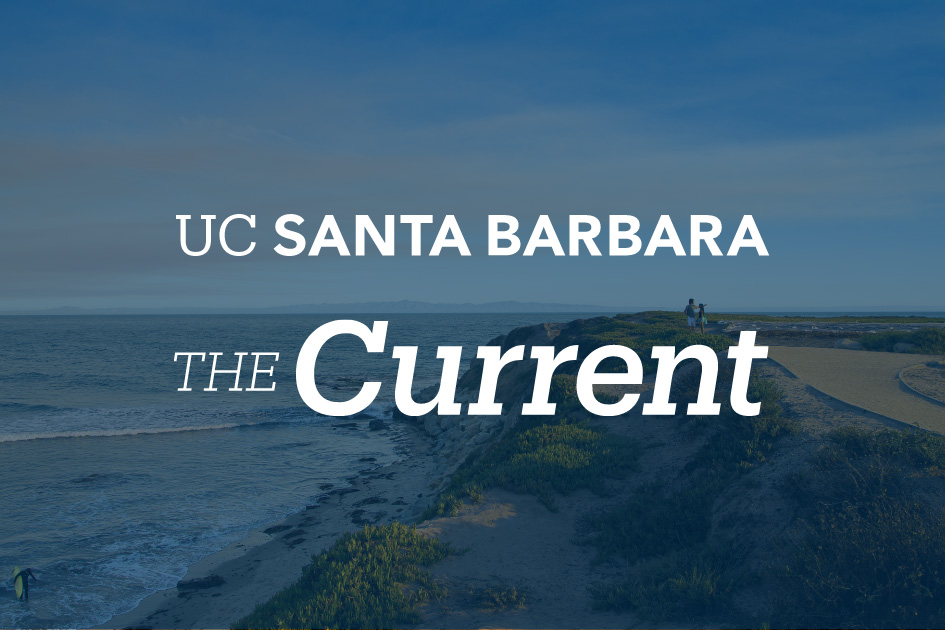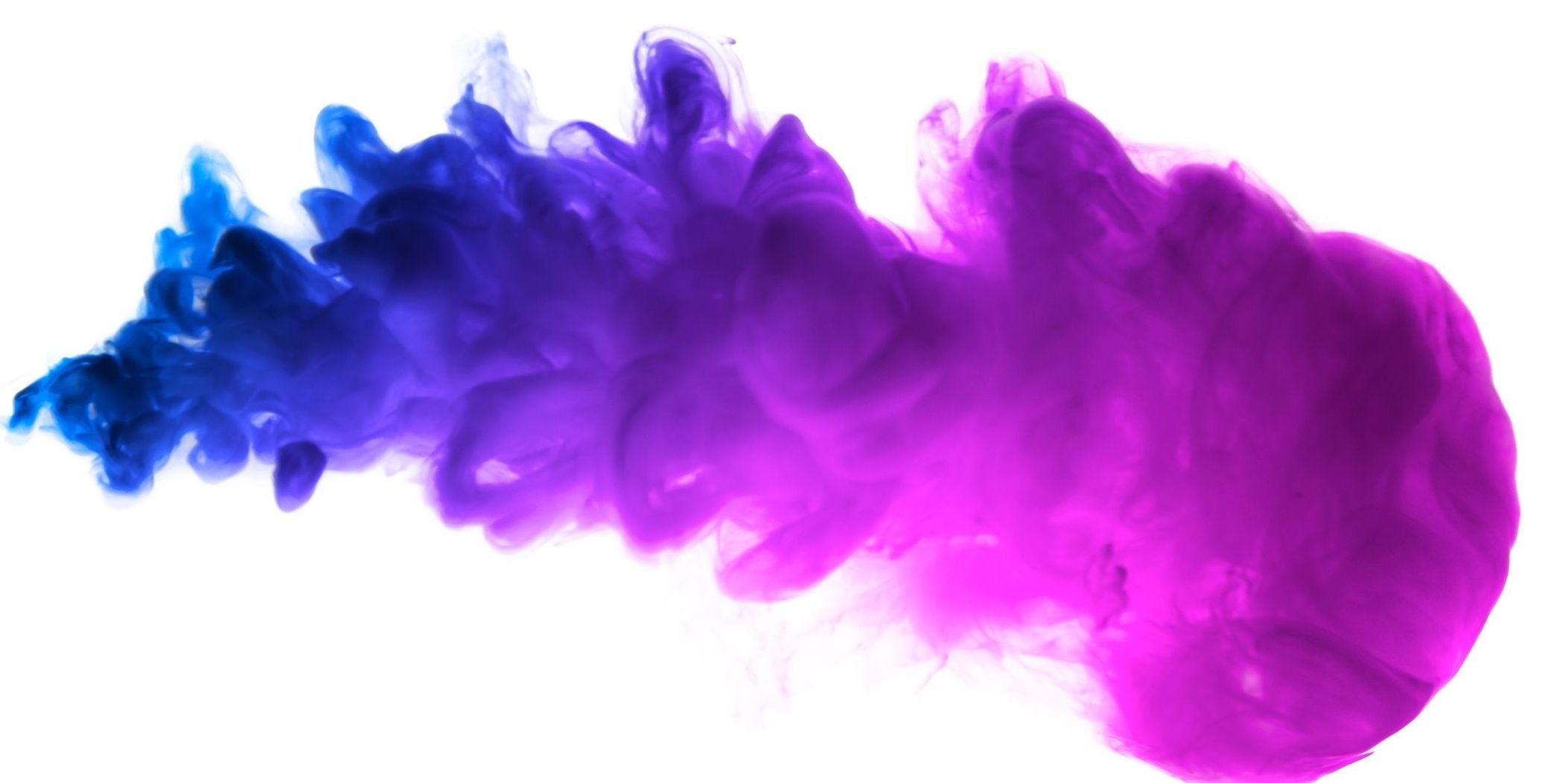What's Current in
Physics + Astronomy
Image
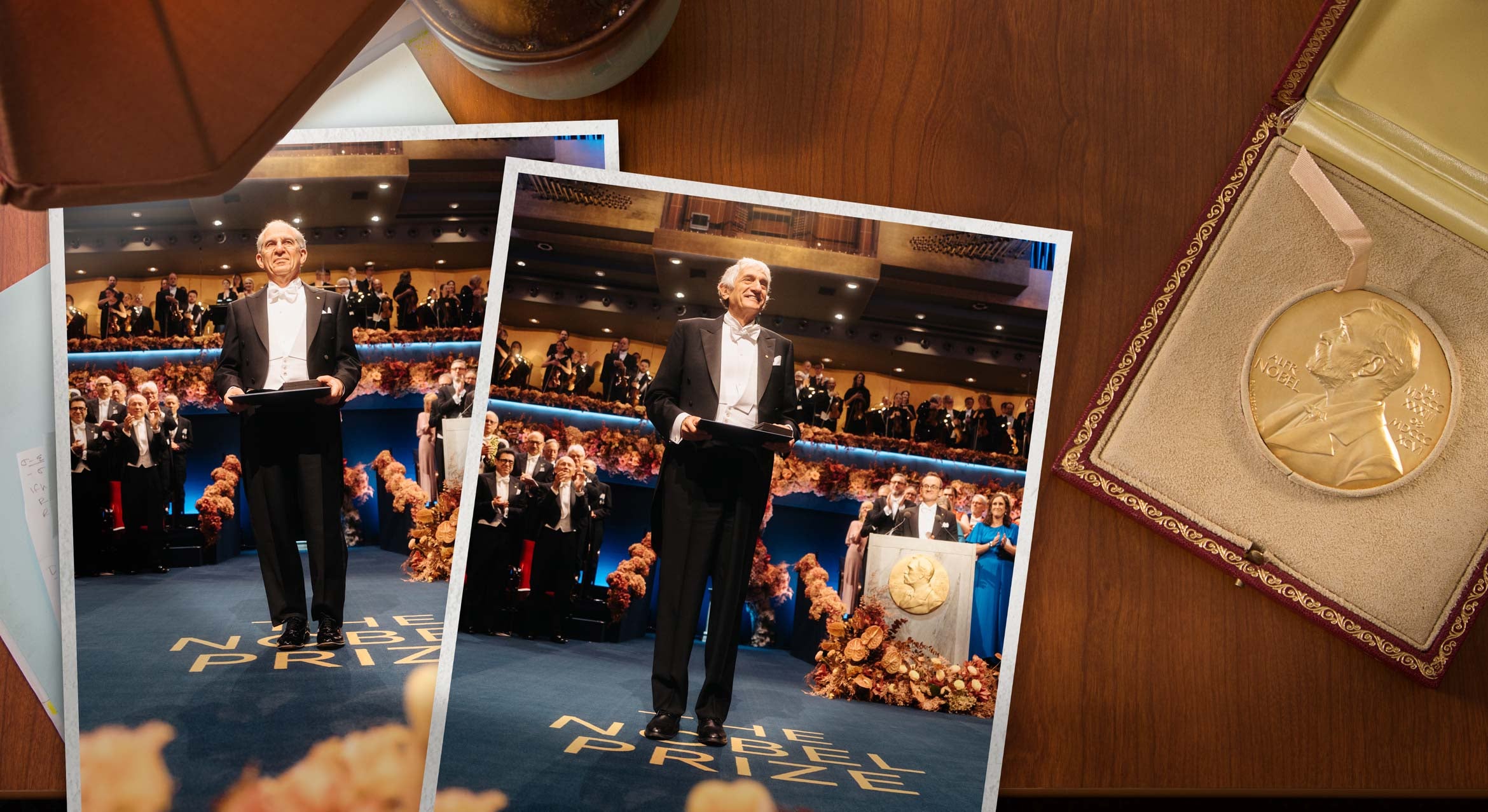
Photo Credit
Matt Perko, with material from © Nobel Prize Outreach. Photo: Clément Morin
Image

Photo Credit
Courtesy Image
The MicroBooNE detector being installed at Fermilab
Image

Photo Credit
Matt Perko
Boris Shraiman
Image

Photo Credit
Illustration Niklas Elmehed © Nobel Prize Outreach
UCSB physics professors John Martinis, left, and Michel Devoret
Image
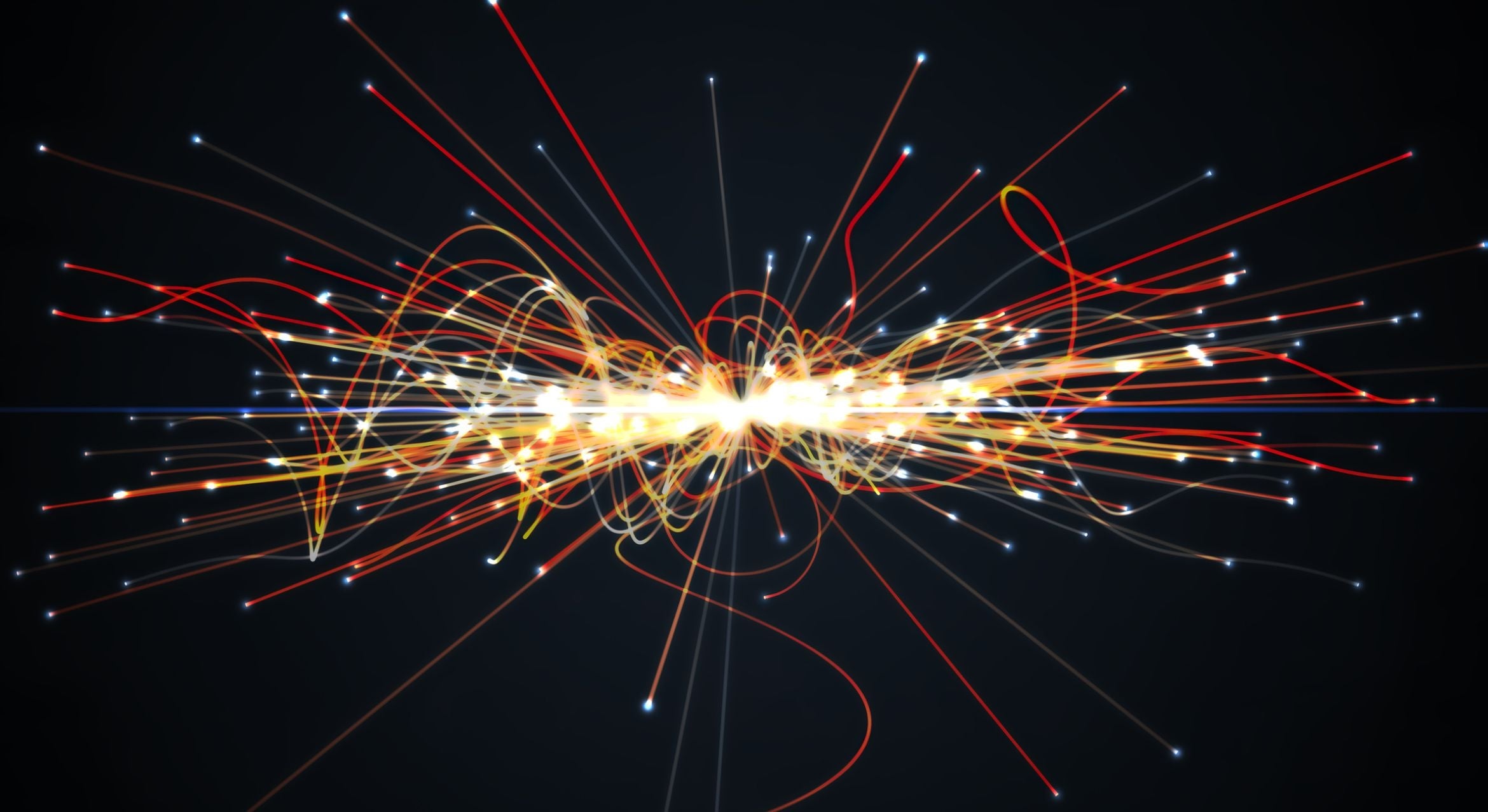
Photo Credit
Vchal via iStock
Theorists like Bruno Scheihing-Hitschfeld develop our descriptions of the exotic materials created within particle colliders.
Image

Photo Credit
Matt Kapust/Sanford Underground Research Laboratory
The outer detector of the LZ dark matter experiment
Image

Photo Credit
Jeff Liang
Gary Horowitz
Image

Artist's rendering of a young star surrounded by its protoplanetary disk, with elements furnished by NASA's Hubble Telescope
Image
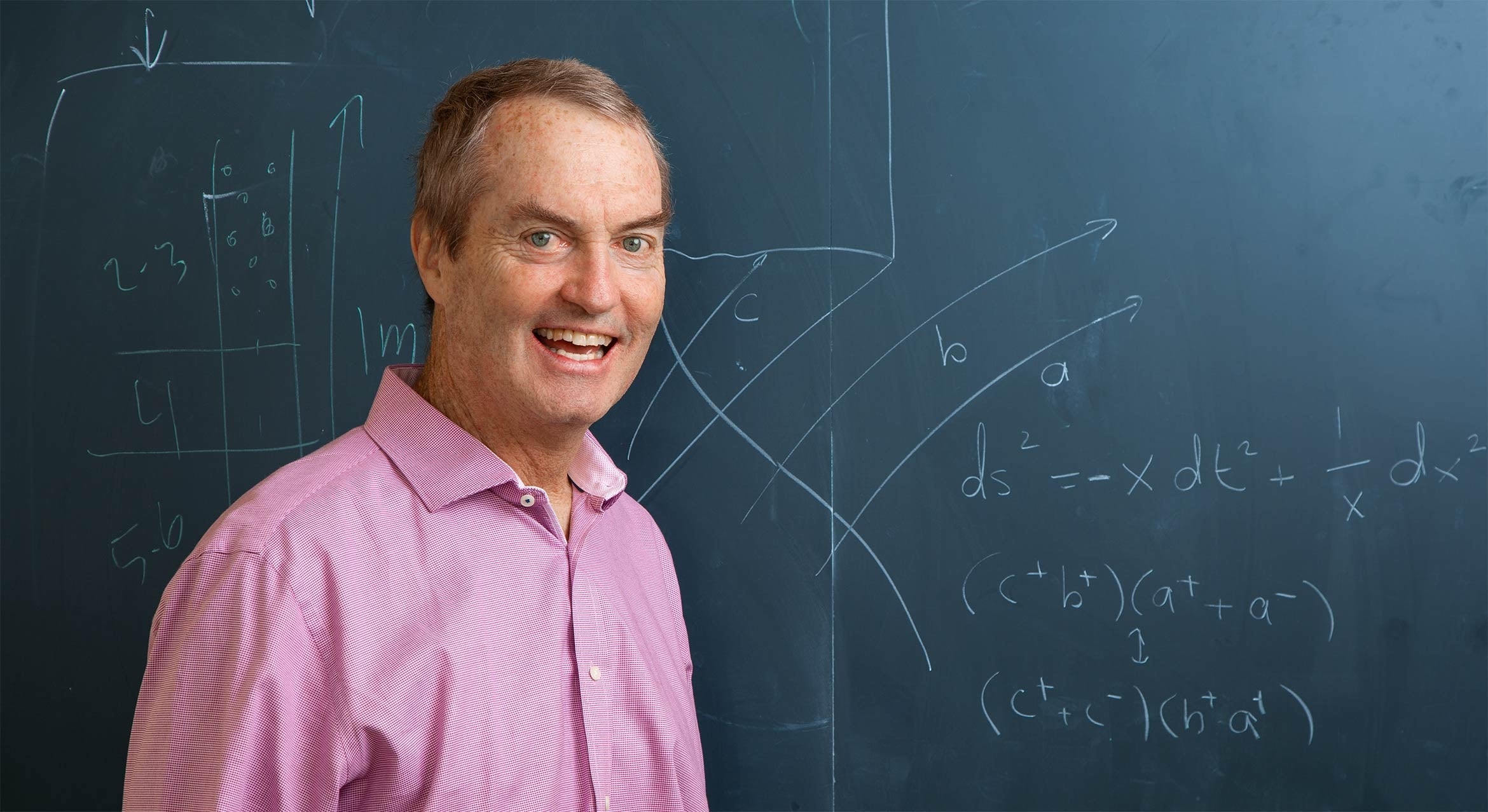
Photo Credit
Matt Perko
Joseph Polchinski at UCSB’s Kavli Institute for Theoretical Physics, where he advanced pivotal ideas in string theory and quantum gravity.

